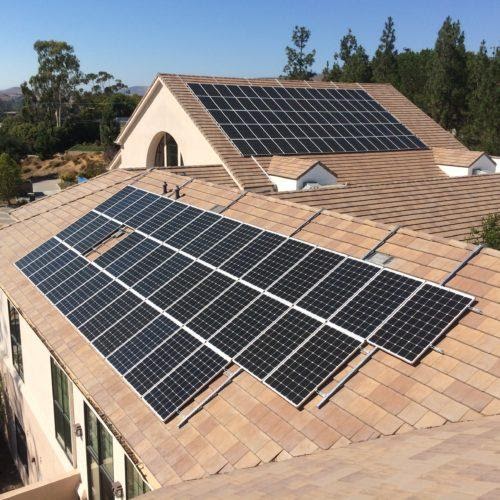Sun has always been a subject of fascination for human beings for ages. Our forefathers symbolized it for power, holiness, purity, and even for a god. The element of the sun can be seen in almost every religion and this has not been limited to the extent of human belief and imagination but towards science and innovation too.
From the 19th century, scientists have been after the sun for a viable source of energy and through continuous efforts and studies have resulted in breakthrough advancements in the field of energy production.
Solar energy is a name that nowadays has been associated with sustainability as it is one of the cleanest energies that we can produce without disrupting nature. People have been experimenting to convert sunlight into usable energy as early as the 1800s but the amount was insignificant to produce many results. This process of converting sunlight into energy is known as Photovoltaic(PV) solar energy technology. In 1954, Bell laboratories built the first solar cell that used silicon and a modern era of PV technology began. The factors such as rise in oil prices, diminishing traditional sources of resources for energy production, climate change, etc, and the subsidies and incentives granted by the Governments has made solar power affordable for the masses and has seen an increase in its popularity.
There are mainly 3 types of solar panels, they are Monocrystalline solar panels, Polycrystalline solar panels, and Thin-film solar panels. Each is distinguished by the prices and the materials used for the production. Monocrystalline is the most expensive one when compared to the other two because the solar cells are made from a single silicon crystal, whereas the Polycrystalline solar panels are made from single silicon fragments which makes it less expensive to Monocrystalline. Thin-film solar panels are the cheapest and easiest to install. These solar panels are installed onto the roofs of the houses and buildings and they have a life expectancy of at least 25-30 years on paper, with proper maintenance it can go up to 40-50 years.
When compared to other sources of energy the initial cost of installation is high but you get free power for years and in some countries, the excess power generated can be sold to the government that makes solar energy more appealing.
Another concern that surrounds solar panels is that whether is it durable in real-life scenarios?
The solar panels installed in the rooftops don’t have movable parts and this makes breakdowns due to wear and tear highly unlikely, but the chemicals used to make solar panels can deteriorate and break down over time. However, as the PV system ages, it doesn’t suddenly go bad. Instead, its power capacity diminishes to a certain degree, which is called degradation. According to a National Renewable Energy Laboratory study, premium manufacturers may offer degradation rates as low as 0.3% per year, but 0.5% is the average rate.
At the end of a 25-year warranty period at 0.5% degradation, panels may still operate at about 88% of their original capacity. With proper maintenance and periodic inspection of the panels, we can ensure prolonged efficient usage of these panels.
The need to change into a cleaner source of energy is significant at present than ever.
Through effective usage of greener technology at our disposal, it will surely lead us to our goal of sustainability and self-dependence in the long run.
Image courtesy: Solar power world














Add Comment